Welcome back to Extreme Rigs, today we will be reviewing the new “NEXT” CPU block from AquaComputer. It’s been a while since the last version of the Cuplex Kryos launched back in 2010, so long in fact that we’ve never reviewed it, even in our earliest 2012 round up. The new block is still called the Cuplex Kryos, but adds on the “NEXT” suffix. Now there are a few different version of this new block, but today we will be looking at the simplest vanilla version. A big thanks to AquaComputer for supporting our efforts with a review sample:

I have to admit I’m a bit of a fan of AquaComputer designs. The parts are always machined beautifully and you never feel like they cheaped out. It’s kind of like buying a Mercedes, it may not be the fastest on the race track, nor will it be cheap, but you’re going to enjoy the quality of the experience and workmanship no matter what.
The box has a sleeve with some minimal information on it. We simply find out that it’s G 1/4″ threaded like nearly all other water cooling components and that is is high performance and high flow. Of course we’ll test these claims in a bit, but additional information provided by AquaComputer state that the channels are less than 0.2mm now, while flow restriction has been reduced over previous versions.
CPU contact has also been optimized. Naturally it’s CNC machined. Even though this is a cardboard sleeve that could be customized for each block, the sleeve still highlights some cool optional features. We’ll talk more about those later, but sadly none of those cool features are on this vanilla version. Note that this is a pre release sample so there is no label identifying the exact version which will be there on the production version.
Interestingly the standard AquaComputer logo is now overlayed on a picture of a galaxy. Cool.
The back of the inner box has some marketing bumf about AquaComputer. Breaking open the seal we get a view of the accessories which were rattling around inside:
As this is a pre-release sample there were no instructions included, however they were emailed to me later on. These will be printed and included in the box.
The accessories included in my sample are only suitable for use with the socket 2011 mount:
4 screws with springs, an Allen Key to tighten said screws, a spatula for spreading TIM and the some Thermal Grizzly Thermal Interface Material (TIM). This is not the highest performing of the Thermal Grizzly TIMs but we like that it hasn’t just been rebranded so we know exactly what it is and how it performs:
Now for testing we will have to use a standardized TIM, but it’s cool that AquaComputer have decided to include such a decent TIM. Often times we see either a cheap TIM, an own brand unknown TIM or simply no TIM at all. Of course there are always two schools of thought on this. Either you think the TIM is free so you got better value for money, or if you had other TIM that you wanted to buy, then perhaps the CPU block could have been cheaper instead if it came with none.
The NEXT block is further inside the box:
It’s protected well with the foam sheets, additionally it is sealed in a plastic bag to prevent any water or dust contamination:
Unlike some other companies there is no peel off plastic sticker on the base.
Our version is a full metal (copper) block that has been Nickel plated. The mounting bracket however appears to be stainless steel with pressed inserts for the screws to align with. This is a bit of a shame that the stainless steel is left raw because the finish just doesn’t match the pristine nickel plating perfectly.
The machining on the block is beautiful and complex. There are many curves to the shape. This is not a budget block that is simply rectangular for ease of design and machining.
The branding is discrete, with only “cuplex kryos”, “NEXT” and “made in germany” inscribed in small text on the top of the block.
We are a fan of this subtle branding. AquaComputer has always maintained a classy style in their aesthetic and this simple clean almost Art Deco style design is perfectly in line with that.
The CNC machined curves have a slight stepping to them but it’s almost impossible to see.
The pressed inserts are a great idea as we’ll see. They are designed on Socket 2011 to be tightened until they touch the CPU socket.
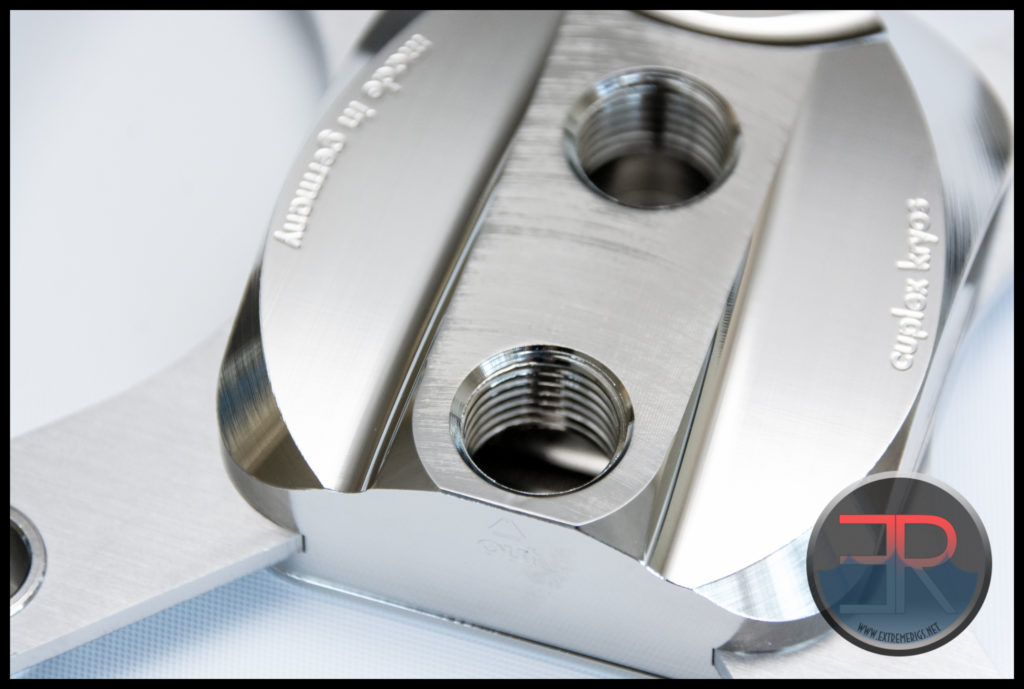 The other place that AquaComputer have not skimped is in the threading of the ports. Some manufacturers only use partial threads combined with 2 complete threads. Often this is because this means the block can be physically smaller and cheaper. However this can severely compromise the resistance to thread stripping. The NEXT block instead is using six full threads. No compromises here.
The other place that AquaComputer have not skimped is in the threading of the ports. Some manufacturers only use partial threads combined with 2 complete threads. Often this is because this means the block can be physically smaller and cheaper. However this can severely compromise the resistance to thread stripping. The NEXT block instead is using six full threads. No compromises here.
The base of the block is still nickel plated and has a very good mirrored finish as evidenced by these reflections at all angles:
The distortion of the image comes from the bow of the base. AquaComputer say there will be 90 different versions of this block. This is good because aesthetics are increasingly a major reason behind a purchasers decision to buy a particular block. Now 90 still seems excessive, but we’ll get on to why later. Not all block finishes will go with all boards. We think this full nickel block is well matched to Asus’s Deluxe X99 board: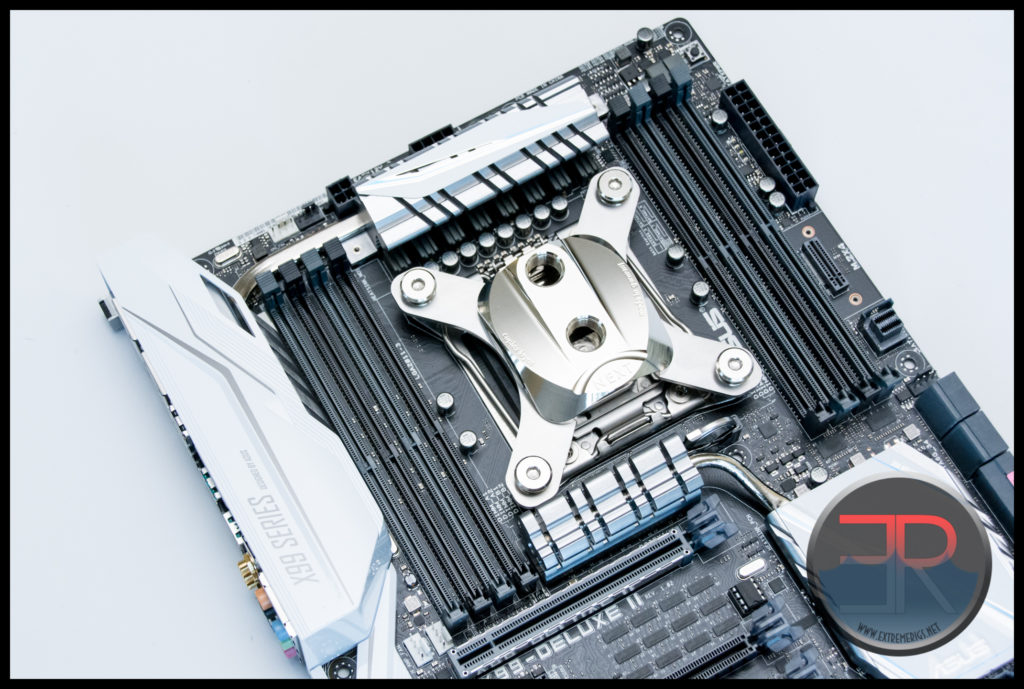
This really shows how the recessed screw cups actually do help to make the screws low profile. They also serve to hide the ugly springs giving a much simpler and cleaner look.
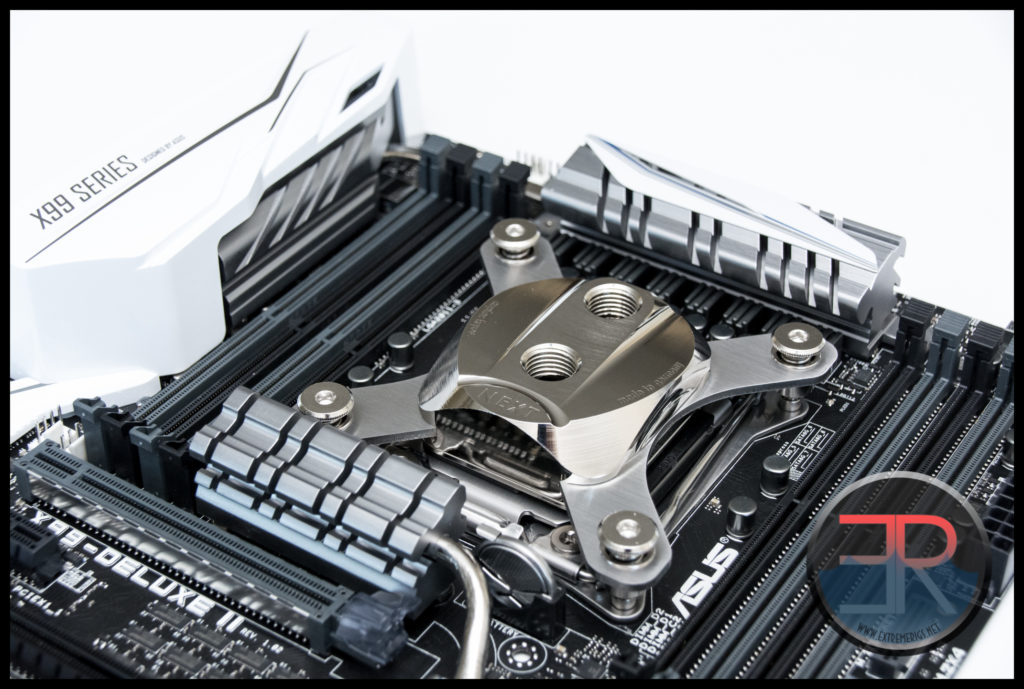 Note that we haven’t tightened the screws all the way down in this picture. We love this low profile clean look, and we also love designs that stop you from over tightening the block. Precision mounts have generally given a much tighter set of results which translates to a greater chance of getting a good mount every time.
Note that we haven’t tightened the screws all the way down in this picture. We love this low profile clean look, and we also love designs that stop you from over tightening the block. Precision mounts have generally given a much tighter set of results which translates to a greater chance of getting a good mount every time.
Tightening the screws is simple with the provided allen key. Here’s a final look once the bolts are tightened down:
Now let’s take a look at the features and instructions.








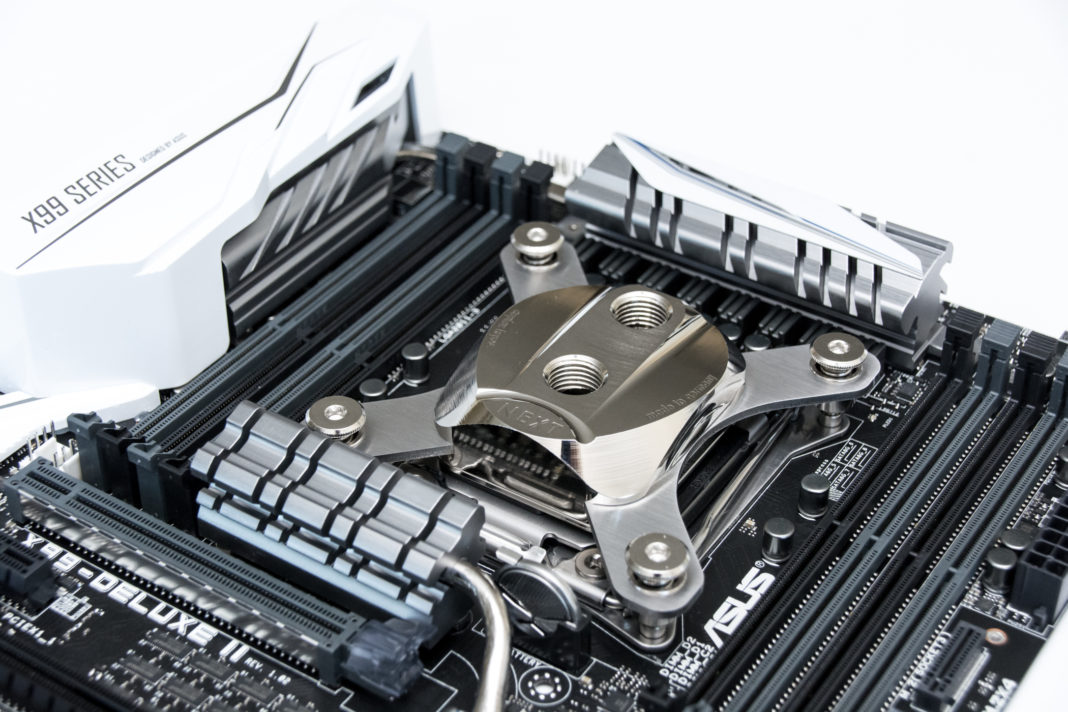
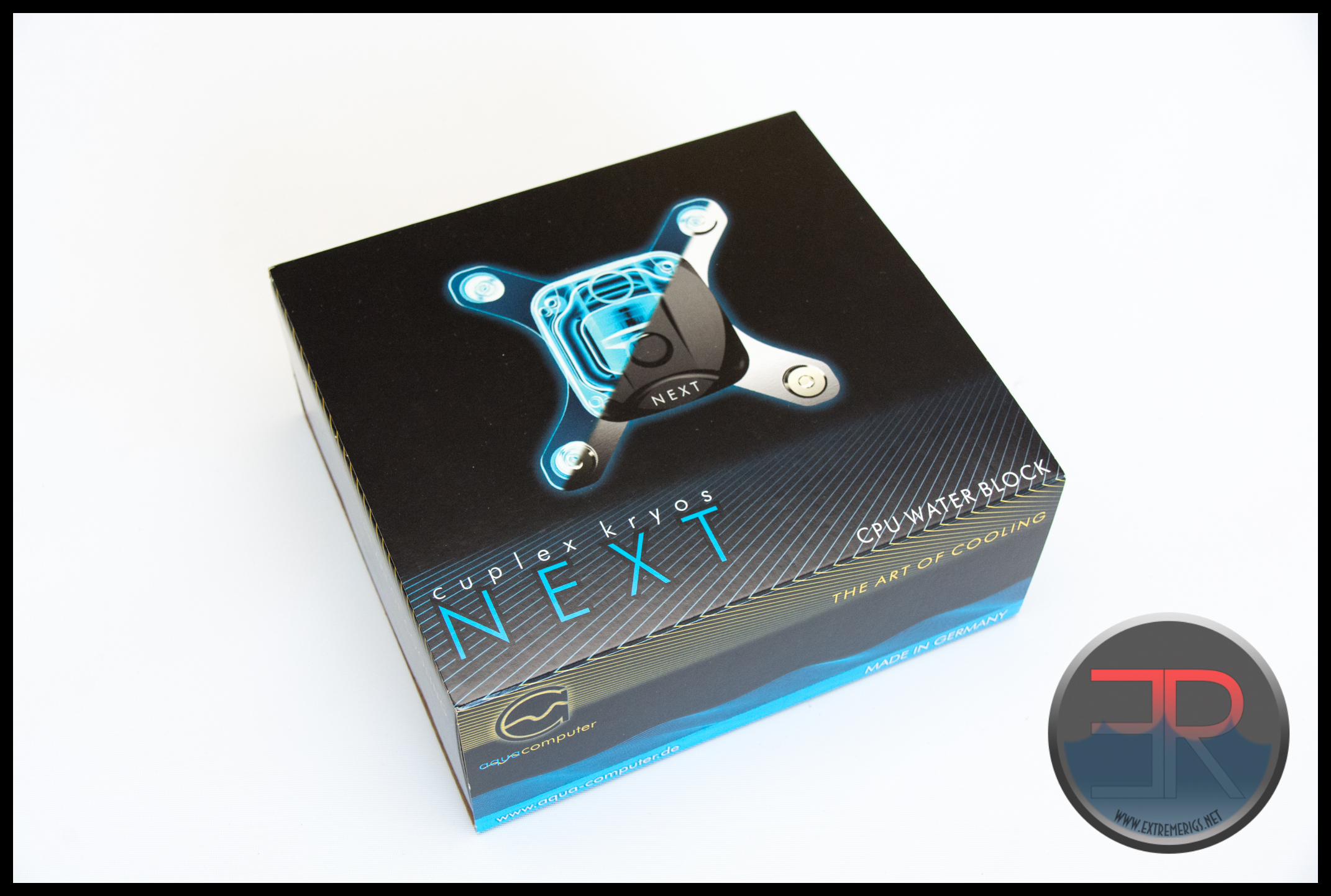
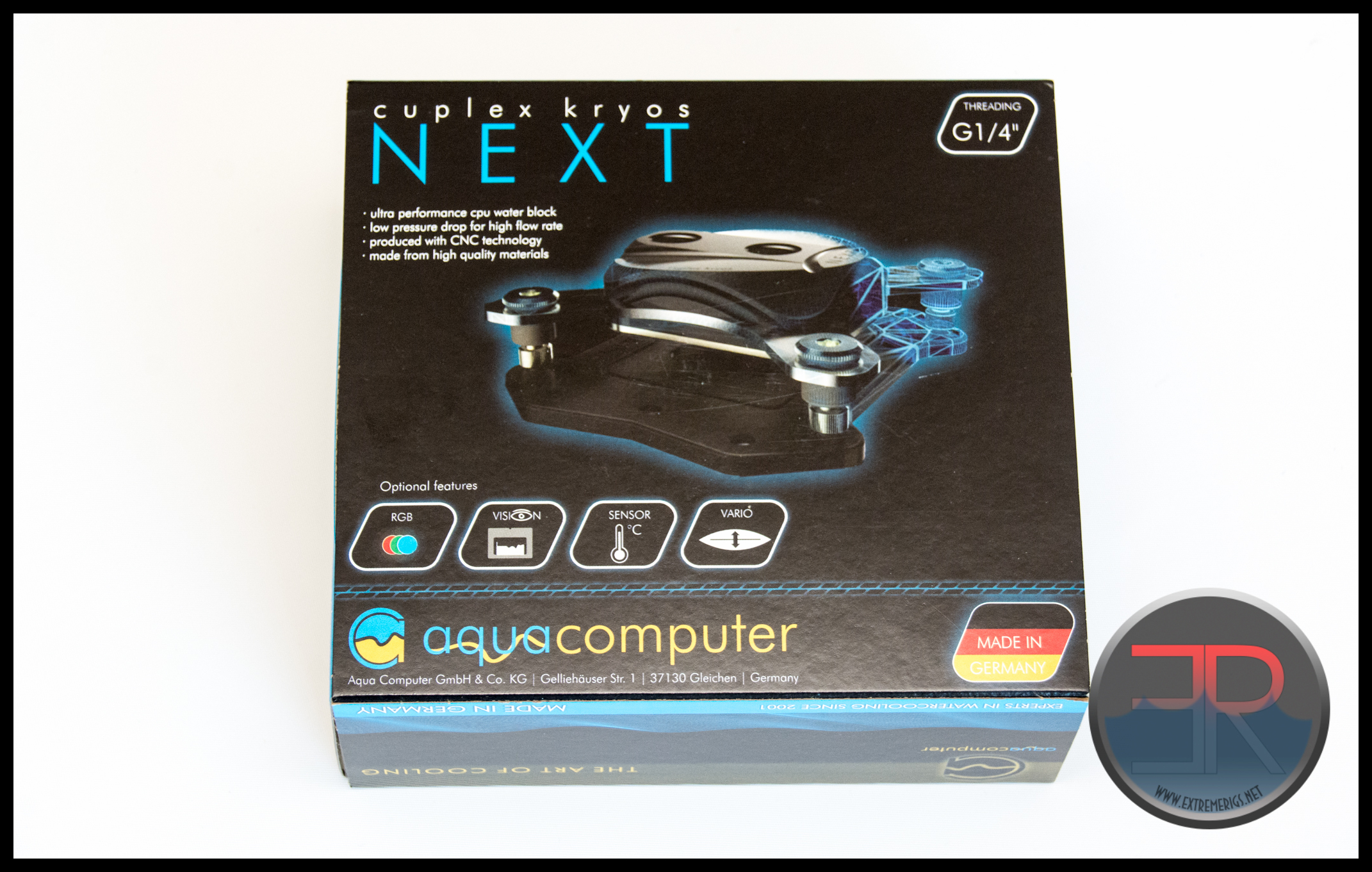
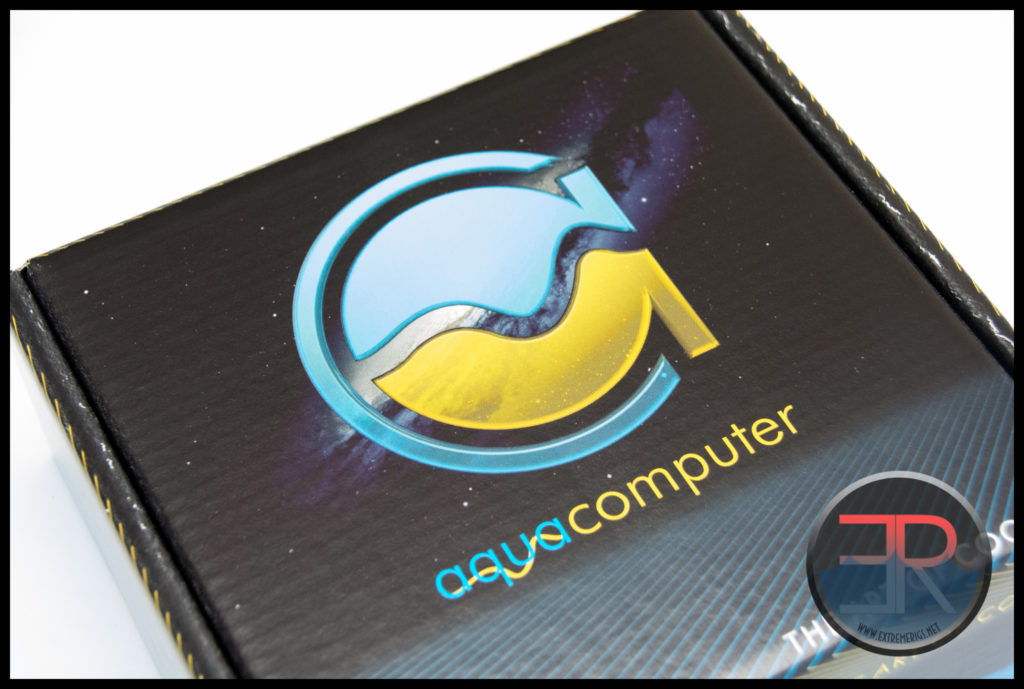
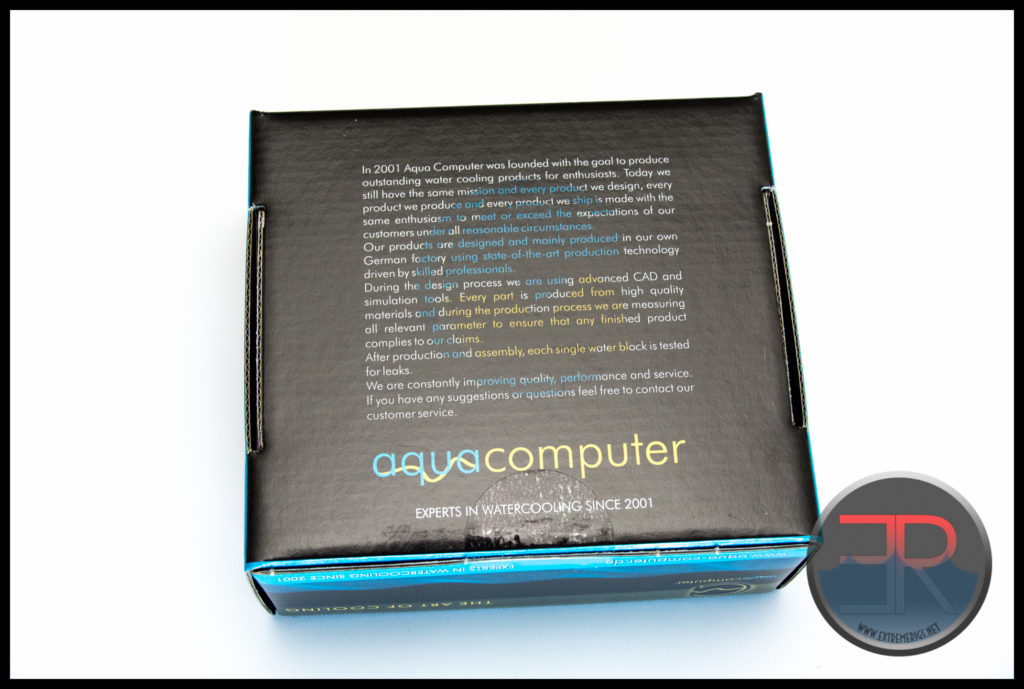
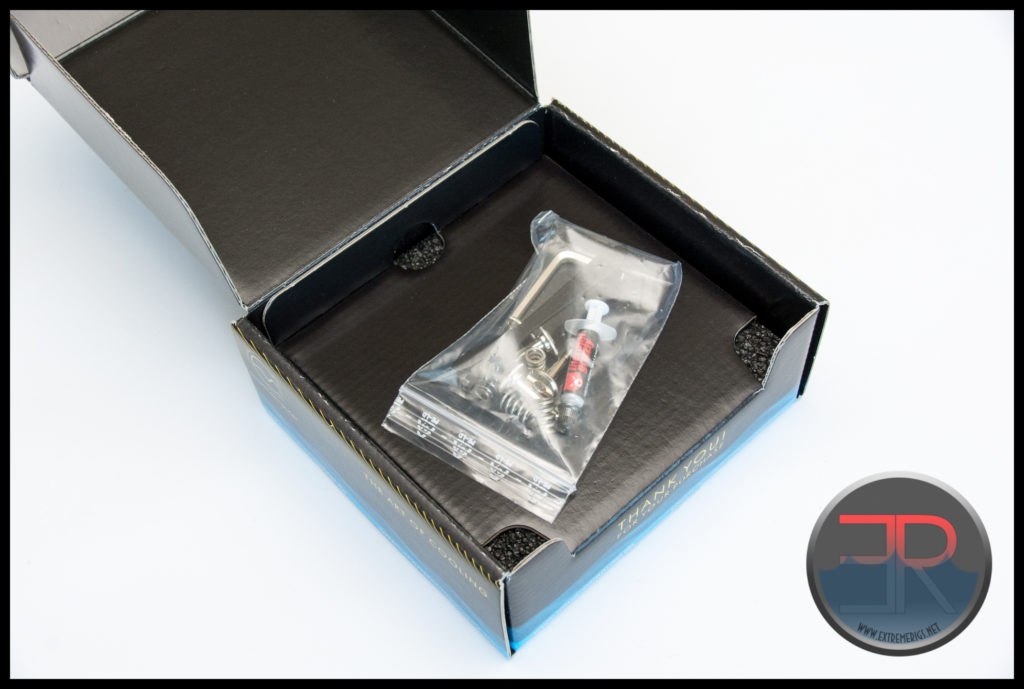
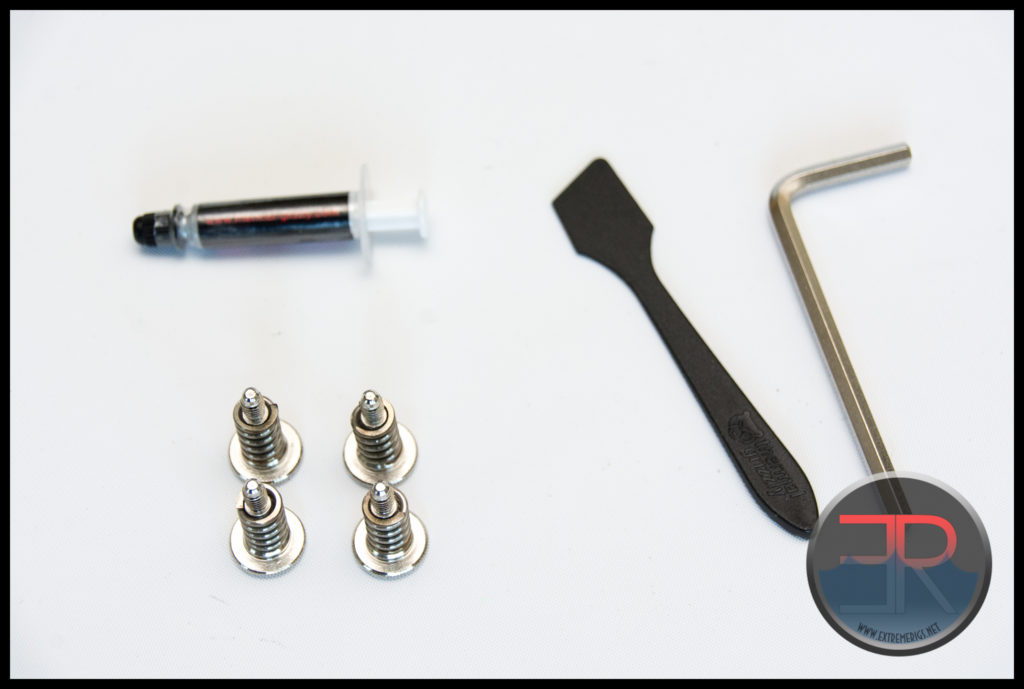
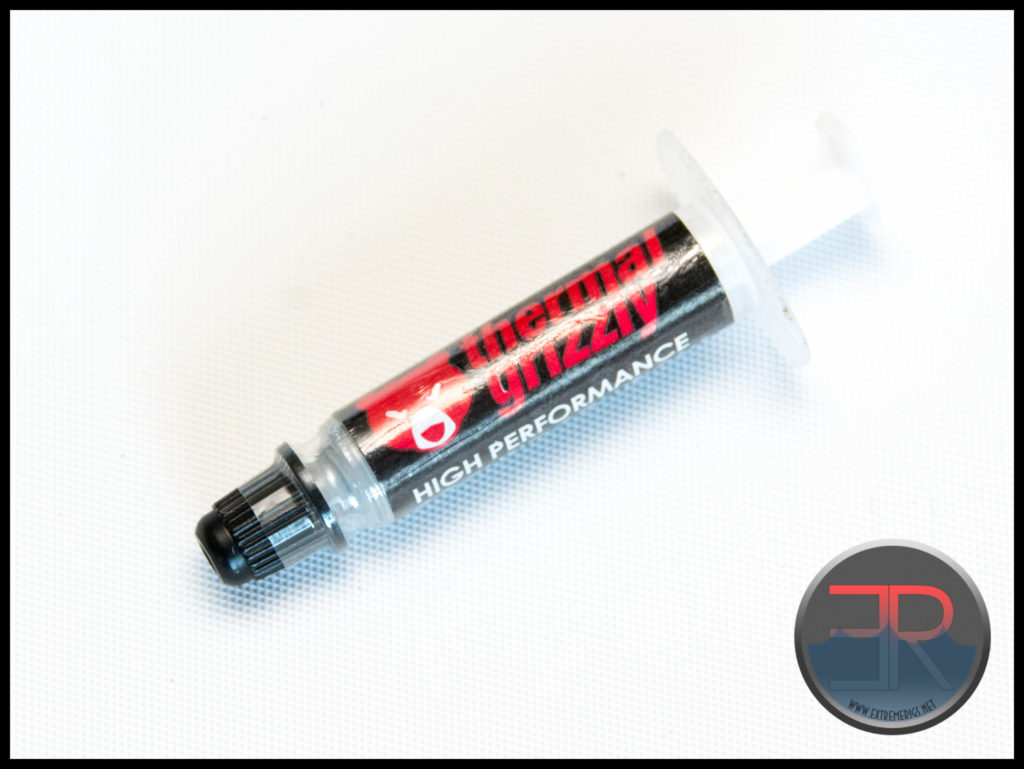
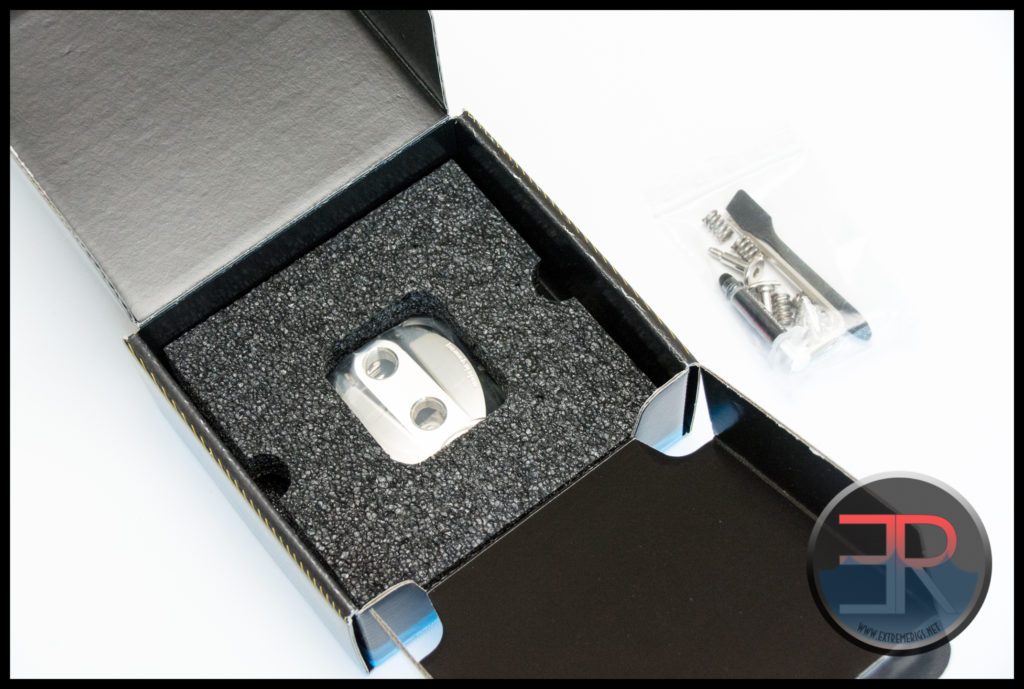
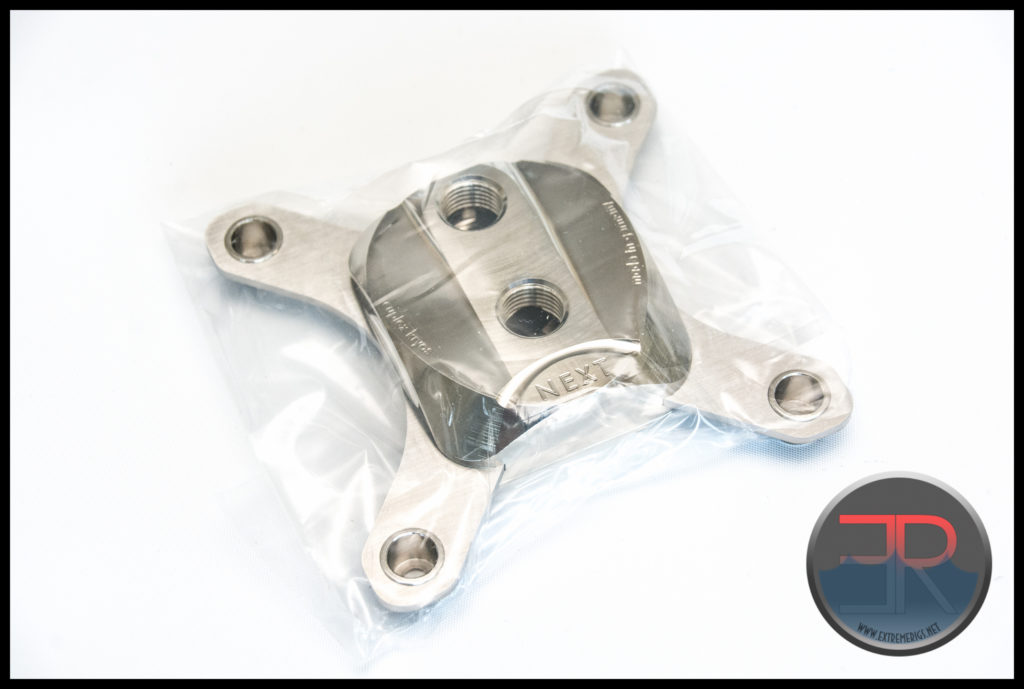
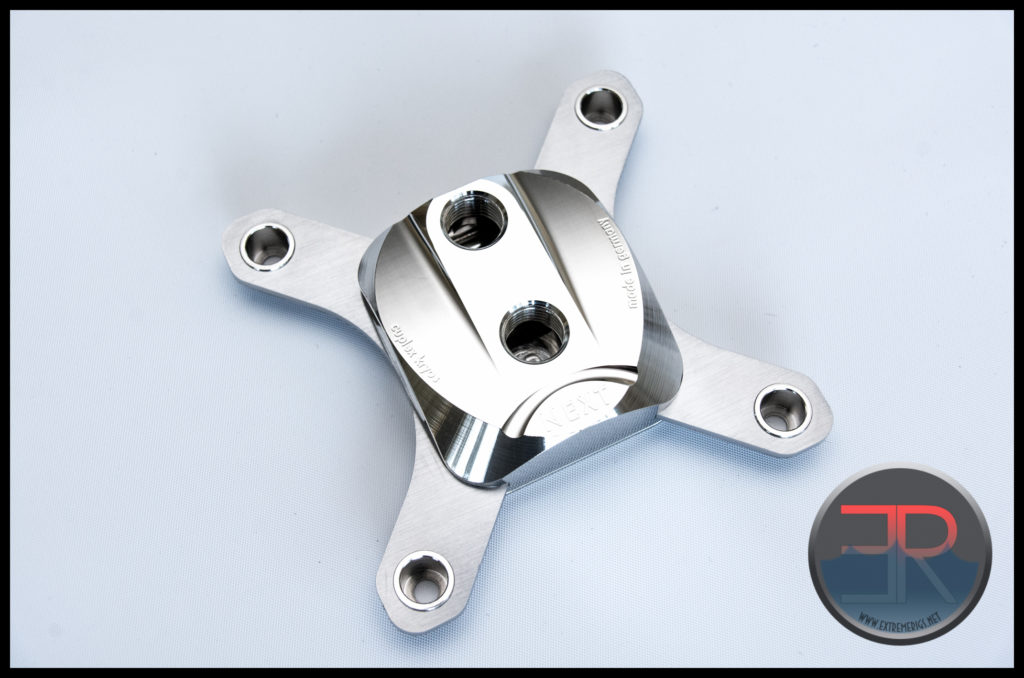
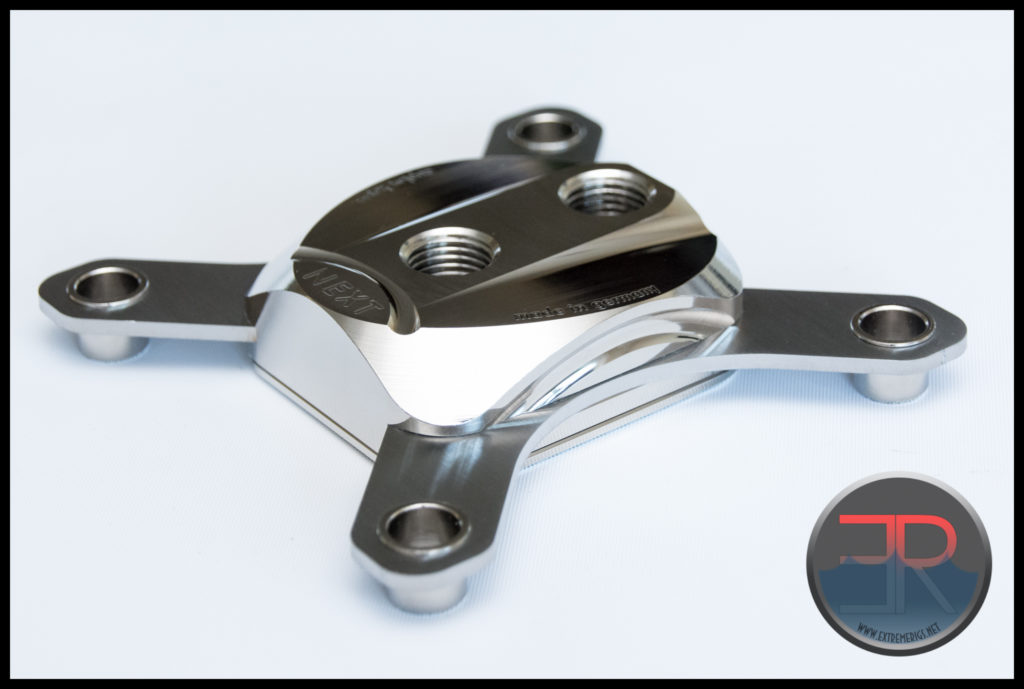
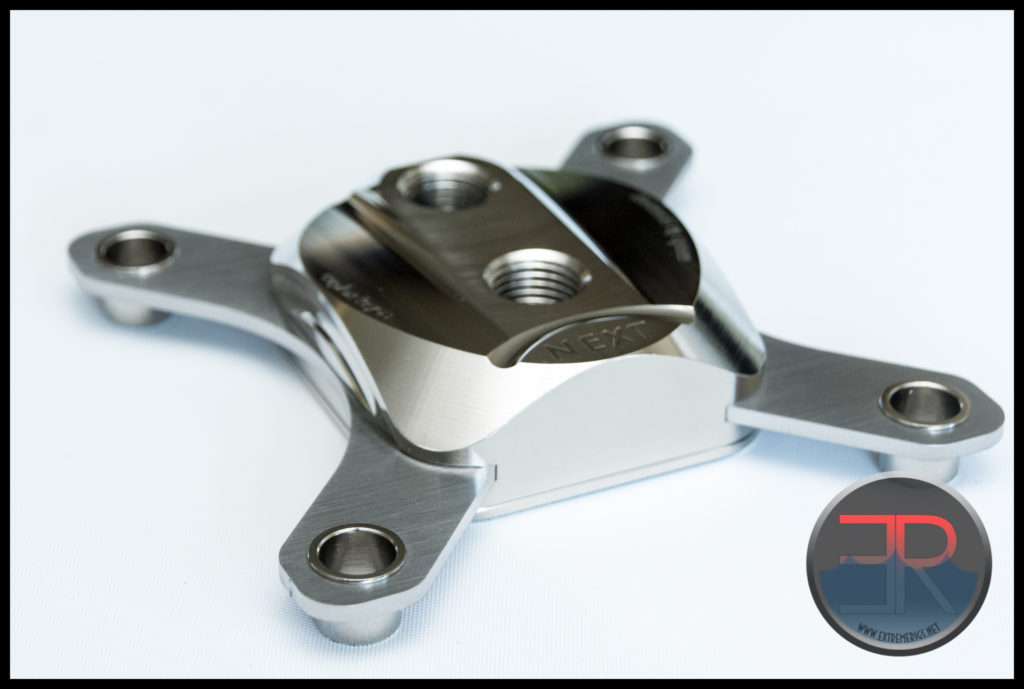
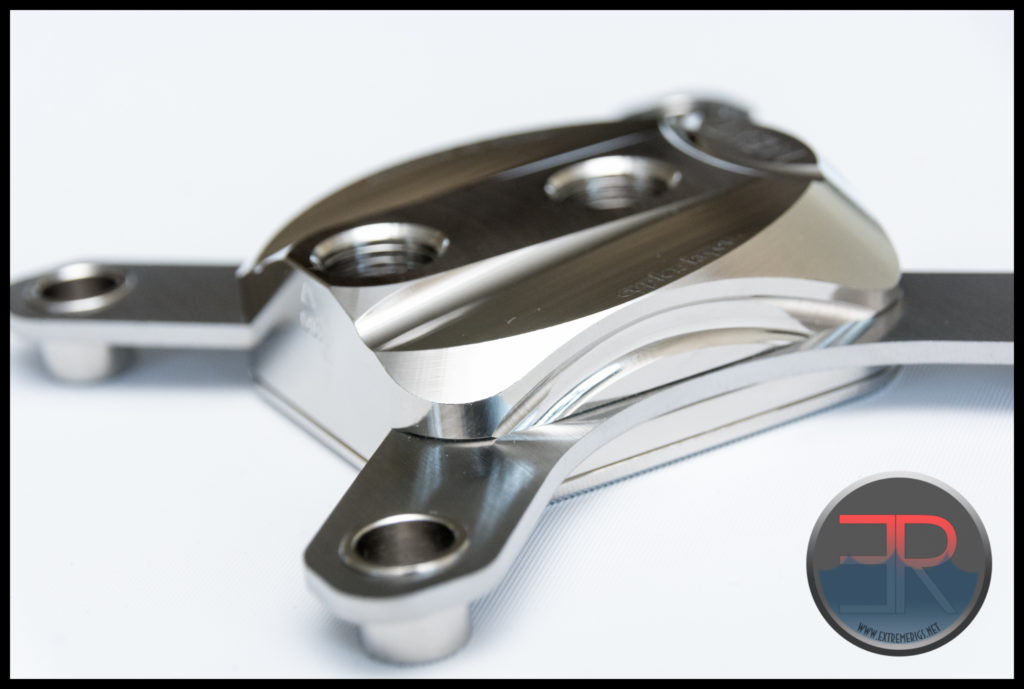
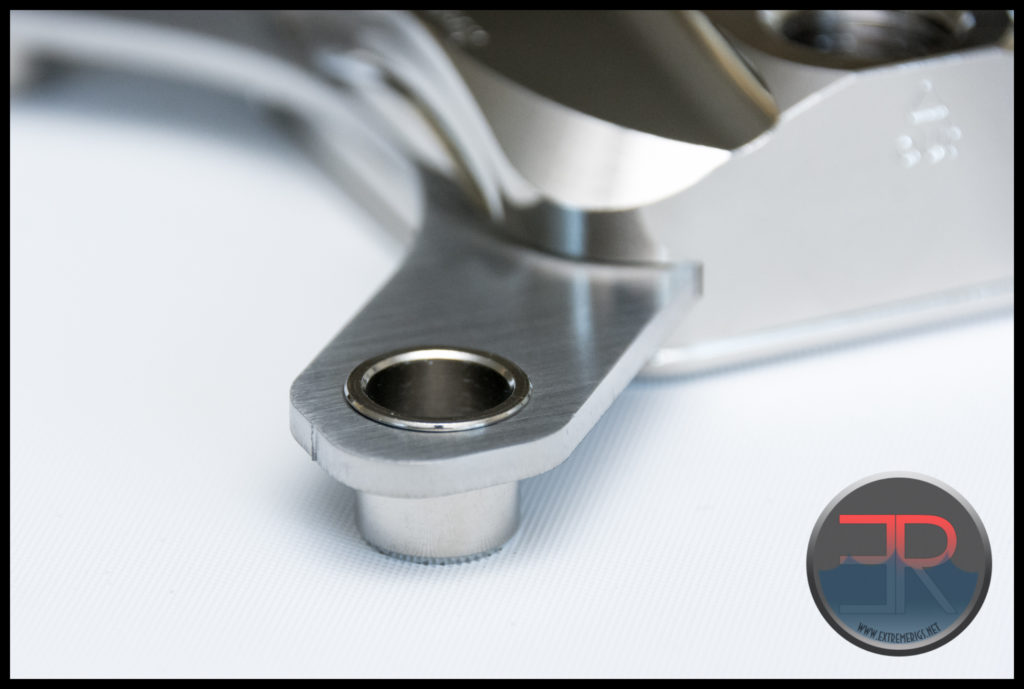
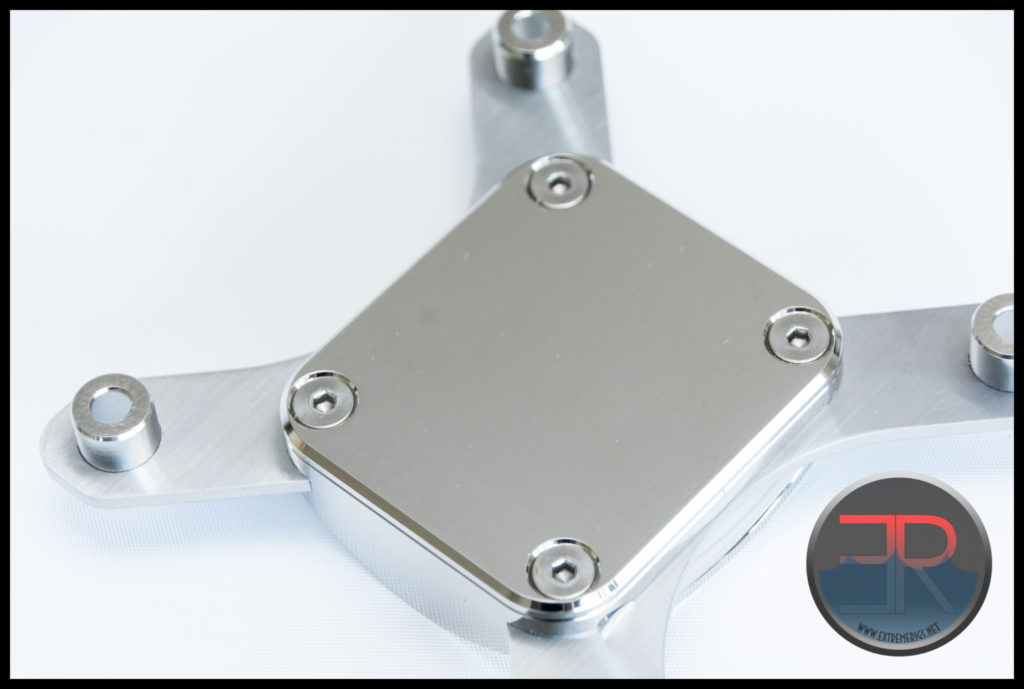
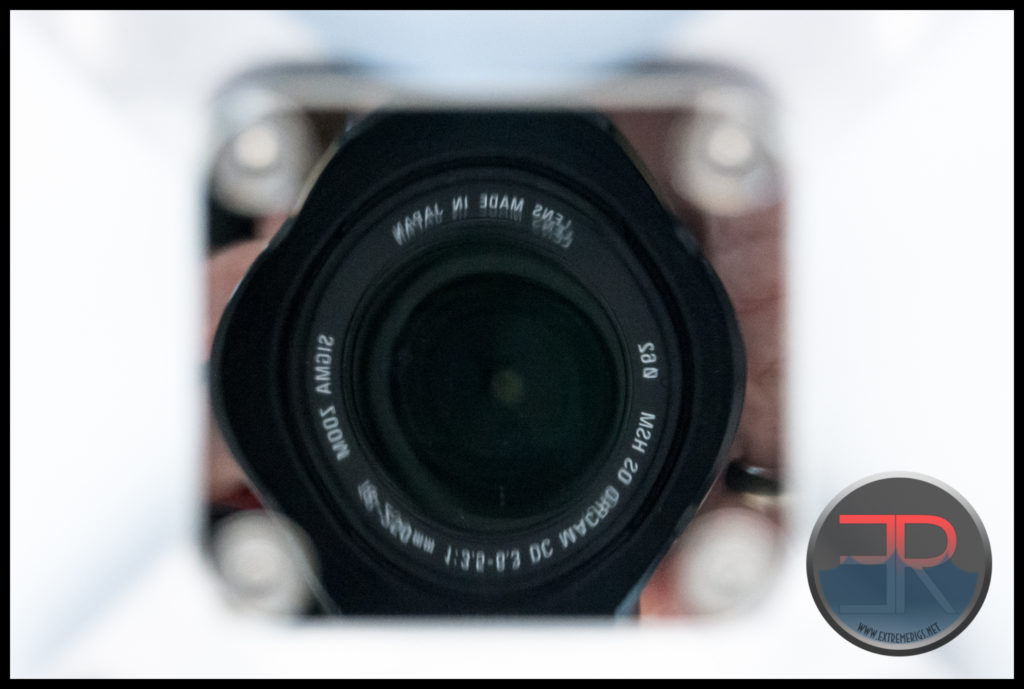
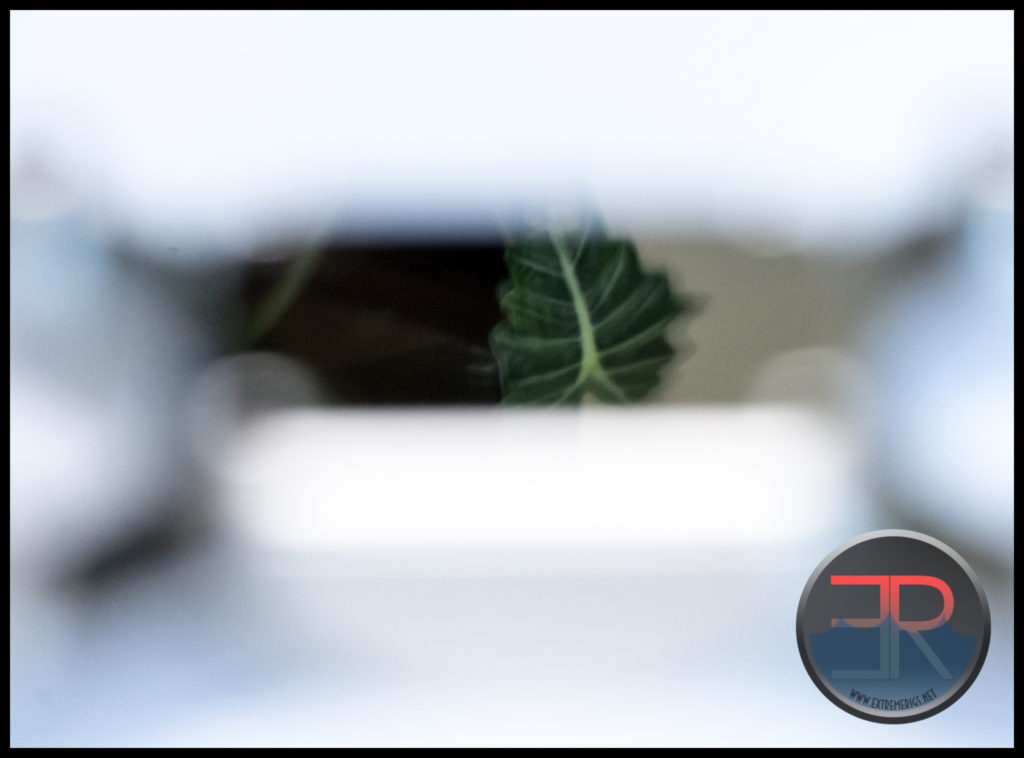
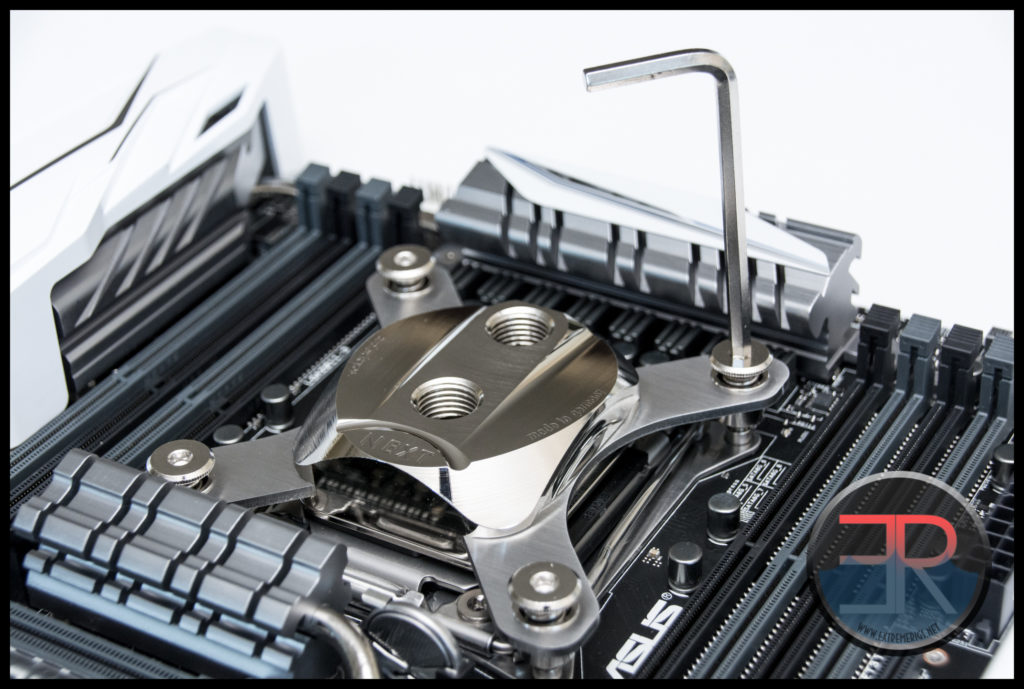




hmmm… I can see alphacool eisblock xfx in the test, but where is review of it?
It is now up https://goo.gl/DJ2Cp8
https://goo.gl/DJ2Cp8
Comments are closed.